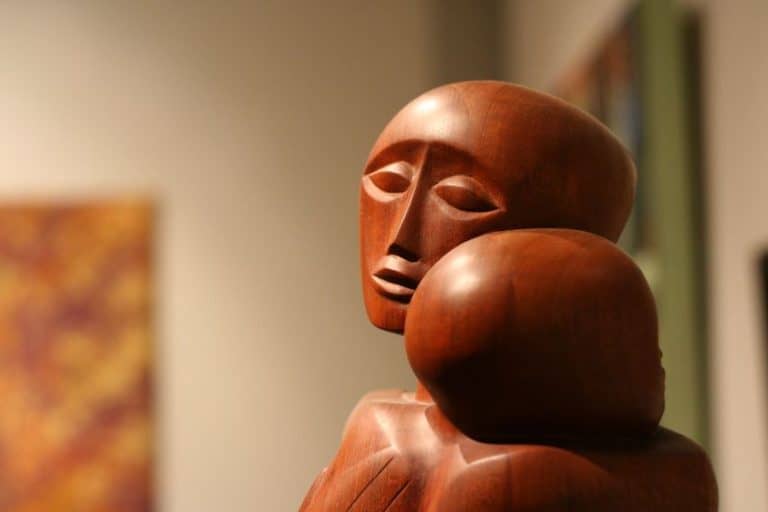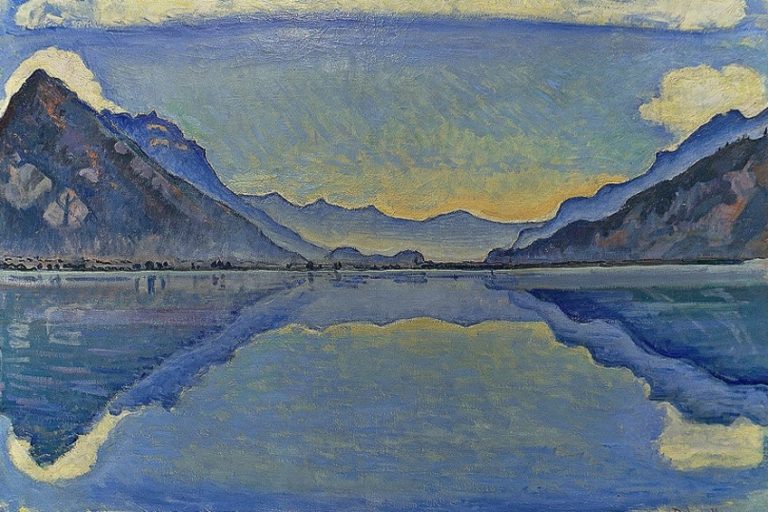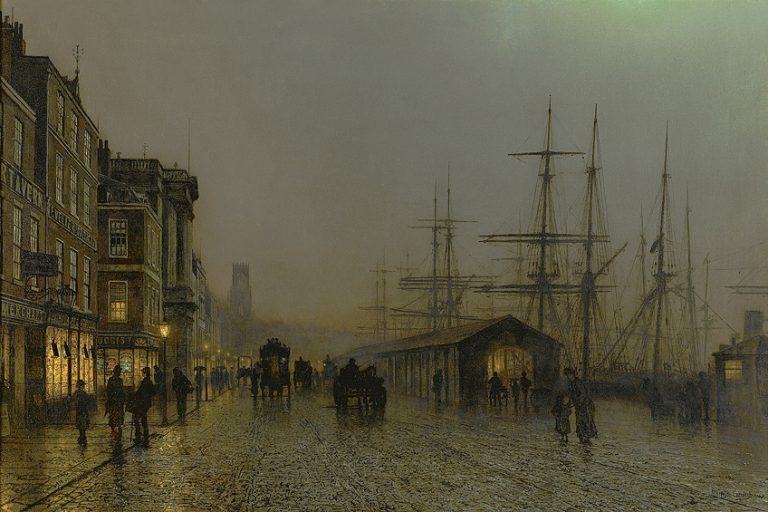Rosa Bonheur – A Pioneering 19th Century Female Painter
Rosa Bonheur was a trailblazing French artist whose remarkable talent and groundbreaking achievements left an indelible mark on the art world. Known primarily for her captivating paintings of animals, Bonheur’s work transcended the norms of her time, earning her international acclaim and paving the way for future generations of female artists. Her mastery of detail, profound connection to nature, and unwavering dedication to her craft continue to inspire and resonate with art enthusiasts worldwide. In this article, we delve into the life, artistry, and lasting legacy of Rosa Bonheur, celebrating her contributions to the realms of realism and animal painting.
Key Takeaways
- Rosa Bonheur was an eminent 19th-century French painter and sculptor renowned for her realistic animal depictions.
- She achieved widespread recognition with major works such as Ploughing in the Nivernais and The Horse Fair, challenging gender barriers in the art world.
- Bonheur’s legacy enduringly influences the discourse surrounding female artists and their representation in the history of art.
Early Life and Education
| Birth | March 16, 1822 |
| Death | May 25, 1899 |
| Place of Birth | Bordeaux, France |
| Genre of Work | Realism |
Rosa Bonheur, born Marie-Rosalie Bonheur, was a prominent figure in the art world, renowned for her astute artistic skills from a young age. Her upbringing and rigorous training laid a solid foundation for her career as an animalière. Her ability to capture the essence of her subjects culminated in acclaimed works such as Ploughing in the Nivernais and The Horse Fair, the latter of which secured her international fame and is often celebrated as her magnum opus.

Bonheur’s skillful representation of animals, from the muscular torsion of horses in action to the serene grace of grazing cattle, won her respect among art critics and the public alike. As a recognized artist, she enjoyed both professional success and public acclaim, exhibiting at prestigious venues like the Paris Salon. Bonheur lived a life marked by professional triumphs and personal independence, defying the gender norms of her era to become one of the most respected artists of her generation.
Her legacy extends beyond her canvases, as she paved the way for future generations of women seeking to carve their paths in the artistic community.
Family Background
Marie-Rosalie Bonheur was born on March 16, 1822, in Bordeaux, France. She was the eldest child in her family. Her father, Raymond Bonheur, was a landscape and portrait painter who had a significant influence on her future pursuits in the arts.

Artistic Training
Rosa Bonheur received her initial artistic training from her father. They resided in Paris, where he taught her drawing and fostered an understanding of animal anatomy, vital to her later success. Rosa’s education was unconventional for the time, as her father’s approach was informed by his belief in gender equality, providing her with the same opportunities that would traditionally only be available to male artists.
Raymond’s guidance was instrumental in honing Rosa’s talent for depicting animals with remarkable accuracy and detail.
Pivotal Works and Achievements
Rosa Bonheur cemented her reputation as a preeminent animal painter of the 19th century with her remarkable precision and use of realism. Her extraordinary talent was recognized with prestigious awards, and two of her most significant works were celebrated at the Paris Salon.

Ploughing in the Nivernais (1849)
| Date | 1849 |
| Medium | Oil on canvas |
| Dimensions (cm) | 133 x 260 |
| Location | Musée d’Orsay, Paris, France |
Another standout showcase of Bonheur’s expertise is Ploughing in the Nivernais. First presented at the Paris Salon of 1848, this work is highly regarded for its lifelike portrayal of oxen tilling the soil in the Nivernais region. The painting is presently housed in the esteemed Musée d’Orsay, a museum that boasts a comprehensive collection of French art, including works once part of the Louvre’s catalogue.
Bonheur’s Ploughing in the Nivernais exemplifies the realistic depiction of rural life, solidifying her status as a master of animal scenes on canvas.

The Horse Fair (1852 – 1855)
| Date | 1852 – 1855 |
| Medium | Oil on canvas |
| Dimensions (cm) | 244.5 x 506.7 |
| Location | Metropolitan Museum of Art, New York City, United States |
The Horse Fair stands as one of Rosa Bonheur’s monumental achievements. Measuring approximately 8 feet by 16 feet, this masterful canvas captures the vibrant energy of the Paris horse market. Bonheur’s acute attention to anatomical accuracy and dynamic composition echo the principles of realism.
Notably, this painting garnered international acclaim and led to Bonheur being the first woman to be awarded the Legion of Honour in 1865.

Exhibitions and Recognition
Rosa Bonheur was a pioneering French artist renowned for her realistic depiction of animals. She was acclaimed during the 19th-century, particularly in Europe. Musée d’Orsay in Paris, a major French art museum, has showcased her work to commemorate significant milestones. Her bicentenary in 2022 prompted collaborative retrospectives across several French institutions.
- Musée des Beaux-Arts in Bordeaux: Collaborated with Musée d’Orsay for the bicentenary event, celebrating Bonheur’s birthplace.
- Château Musée Rosa Bonheur in Thomery: The artist’s former residence featured her works, emphasizing her lasting legacy.
- Musée départemental des peintres de Barbizon: Participated as an exceptional partner, indicating Bonheur’s influence in the Barbizon School of artists.
Bonheur’s dedication to rendering animals’ uniqueness was honored through these exhibitions, reflecting her technical mastery and understanding of animal anatomy. The exhibitions highlighted her status as both innovative and inspiring, a testament to her role in art history.
France Mémoire included the bicentenary in their 2022 calendar, marking it as a major national and international event.

This reinforced Bonheur’s significance beyond the art community, recognizing her contributions to cultural heritage. Through the years, Rosa Bonheur’s art has transcended her time, with exhibitions continuing to pay tribute to her talent and impact. Despite fluctuations in popularity over the decades, the consistent recognition in prestigious museums underscores her enduring influence in the realm of art.
Personal Life and Relationships
Rosa Bonheur’s personal life was intricately connected to a small circle of close relationships and an artistic community that valued her contributions significantly. Her long-term partnership with Nathalie Micas was a central aspect of her life, and later her relationship with Anna Klumpke became an important part of her personal and professional story. Nathalie Micas was not only Rosa Bonheur’s closest companion for most of her life but also played a significant role in her artistic endeavors. They lived and worked together in the atelier at the Château de By, a space that served both as a home and a creative sanctuary. Upon Nathalie’s death, Anna Klumpke, an American painter and admirer of Bonheur’s work, formed a deep bond with Bonheur.
Klumpke became Bonheur’s last companion, and they shared a commitment both to art and to each other’s well-being, with Klumpke eventually becoming the holder of Bonheur’s artistic estate.
Social Circles
Bonheur was acquainted with notable figures of her time including the writer George Sand, with whom she shared a progressive attitude toward the social norms regarding women. Her social networks extended within the realms of art and literature, where she was respected and admired for her achievements. The exact nature of Bonheur’s relationships has been a subject of speculation; some scholars have described her as lesbian due to her partnerships and lifestyle choices, which defied the traditional expectations of women during her era. However, Bonheur herself rarely discussed her private life publicly, focusing instead on her artistic legacy.

Legacy of Rosa Bonheur
Rosa Bonheur’s enduring legacy is defined by her trailblazing role as a female painter who achieved both critical and commercial success. Through her works and lifestyle, she challenged gender norms and paved the way for future generations of women in the arts. Bonheur’s influence extends past her canvases to her advocacy for gender equality during a period when female painters had limited opportunities. She boldly defied societal expectations by wearing trousers, a choice for practicality over conformity.
Her estate, including the Château de Rosa Bonheur, stands as a testament to her dedication towards fostering artistic talents and supporting other women in the field.
- Artistic impact: Beyond her own creations, Bonheur’s approach inculcated a spirit of independence among women pursuing art.
- Gender equality: She lived her life in a manner that asserted the right of women to equal opportunities in the arts.
Resonance in Modern Times
The works of Rosa Bonheur resonate within modern art movements, including Impressionism, which followed the realist tradition she was a part of. The Musée d’Orsay today houses some of her significant works, such as Ploughing in the Nivernais, making her art accessible and continuing to educate and inspire current and future artists.
- Musée d’Orsay collection: Her most famous painting, The Horse Fair, is a beacon of her technical skill and realistic portrayal of animals, which continues to captivate audiences.

The Influence of Rosa Bonheur Today
The 21st century sees a growing appreciation for Bonheur’s contributions to fine arts and her role in blaze trailing for women in the art world. Her legacy survives not only in masterpieces and the circles of female creatives but also in cultural phenomenons.
An example of this is the Buffalo Bill’s Wild West Show, which were said to have drawn inspiration from her depictions of animals and rural life.
- Inspiration to others: Historical figures like Buffalo Bill admired her work, indicating the widespread appeal and influence of her artistic vision.
- Cultural legacy: Her style and subject choice left an indelible mark, recounted in narratives and imagery of the American Wild West.

Rosa Bonheur’s legacy as a pioneering artist and trailblazer in the art world is one that continues to captivate and inspire. Her unique ability to capture the essence of animals with unmatched detail and emotion set her apart as a master of realism. Beyond her artistic prowess, Bonheur’s courage in defying societal expectations for women in the arts paved the way for future generations of female artists to thrive. Her impact extends far beyond her lifetime, influencing not only the art world but also perceptions of gender and creativity. Rosa Bonheur’s timeless works and fearless spirit ensure her enduring place in art history as a true icon.
Frequently Asked Questions
What Is Rosa Bonheur Known For?
Rosa Bonheur was a celebrated French artist acclaimed for her realistic depiction of animals. She gained widespread recognition through her masterpieces such as Ploughing in the Nivernais and The Horse Fair.
What Style Is Associated With Rosa Bonheur’s Artwork?
Her artwork is linked to the Realism movement of the 19th century. Bonheur specialized in portraying animals and rural scenes with meticulous detail and a naturalistic approach.
Why Was Rosa Bonheur a Notable Figure in the Context of Women’s Fashion During Her Time?
Rosa Bonheur defied the norms of her era by dressing in men’s clothing, which enabled her to attend places like horse markets without attracting unwelcome attention. This unconventional choice was both practical for her work and a statement against restrictive women’s fashion of the time.
Isabella studied at the University of Cape Town in South Africa and graduated with a Bachelor of Arts majoring in English Literature & Language and Psychology. Throughout her undergraduate years, she took Art History as an additional subject and absolutely loved it. Building on from her art history knowledge that began in high school, art has always been a particular area of fascination for her. From learning about artworks previously unknown to her, or sharpening her existing understanding of specific works, the ability to continue learning within this interesting sphere excites her greatly.
Her focal points of interest in art history encompass profiling specific artists and art movements, as it is these areas where she is able to really dig deep into the rich narrative of the art world. Additionally, she particularly enjoys exploring the different artistic styles of the 20th century, as well as the important impact that female artists have had on the development of art history.
Learn more about Isabella Meyer and the Art in Context Team.
Cite this Article
Isabella, Meyer, “Rosa Bonheur – A Pioneering 19th Century Female Painter.” Art in Context. April 12, 2024. URL: https://artincontext.org/rosa-bonheur/
Meyer, I. (2024, 12 April). Rosa Bonheur – A Pioneering 19th Century Female Painter. Art in Context. https://artincontext.org/rosa-bonheur/
Meyer, Isabella. “Rosa Bonheur – A Pioneering 19th Century Female Painter.” Art in Context, April 12, 2024. https://artincontext.org/rosa-bonheur/.











